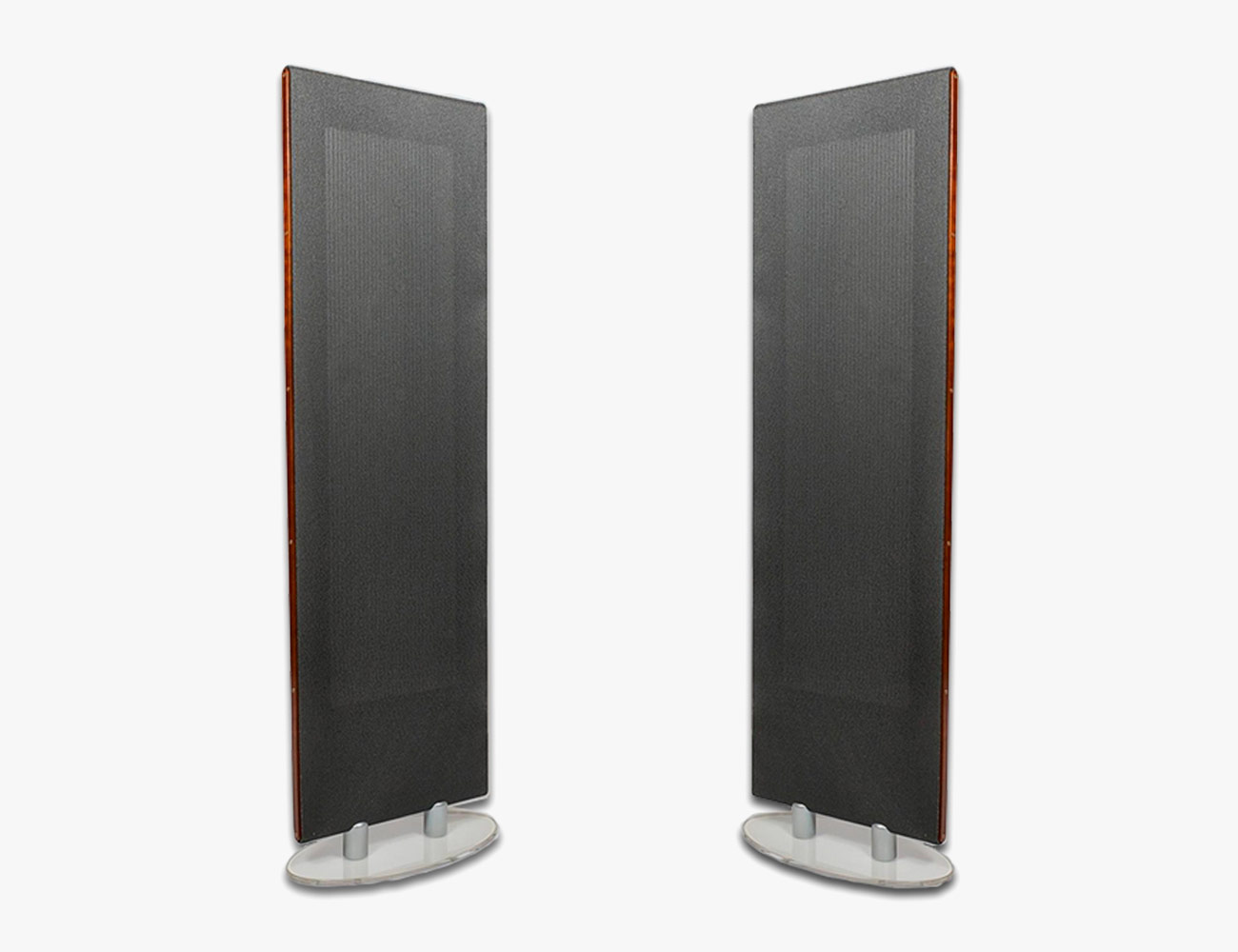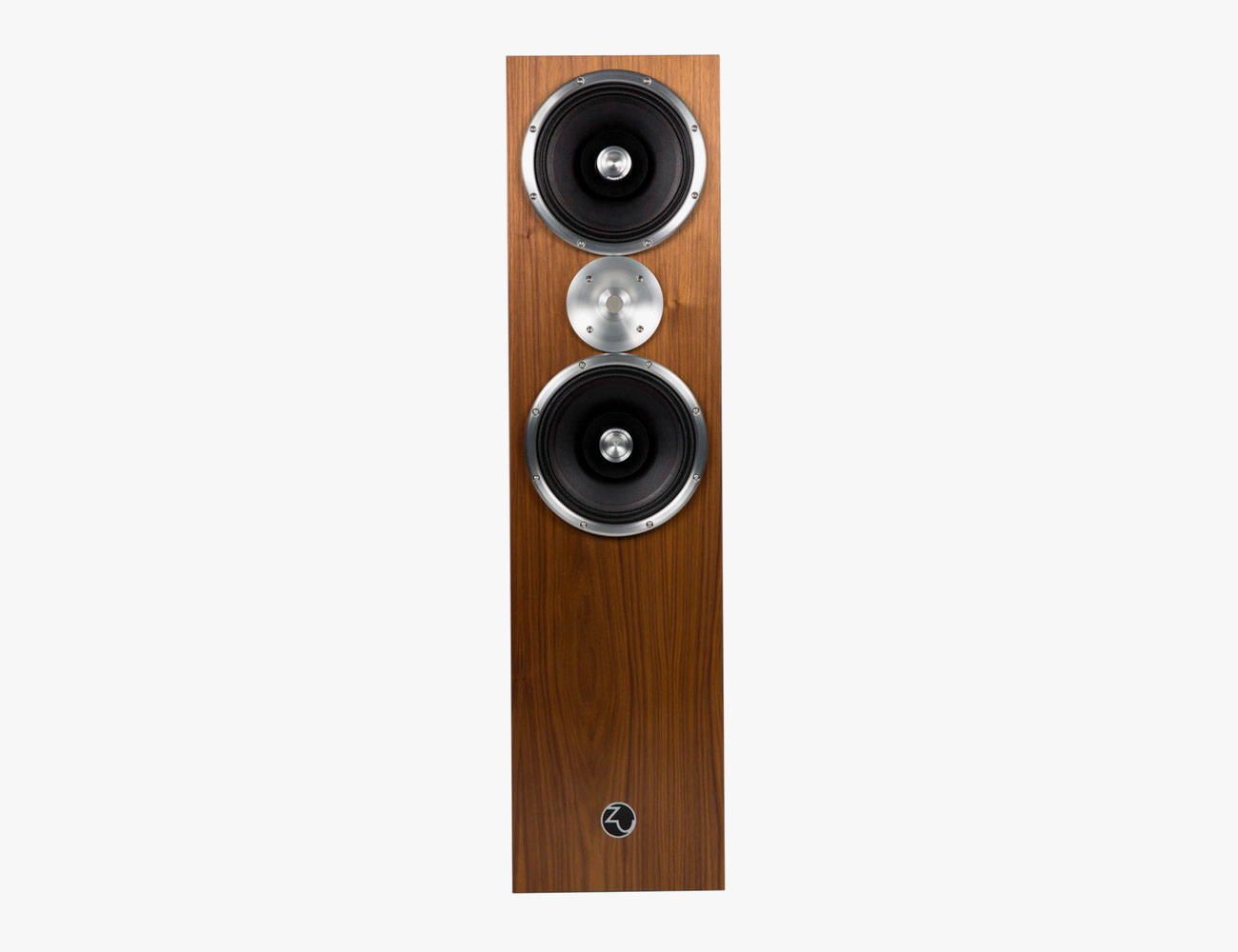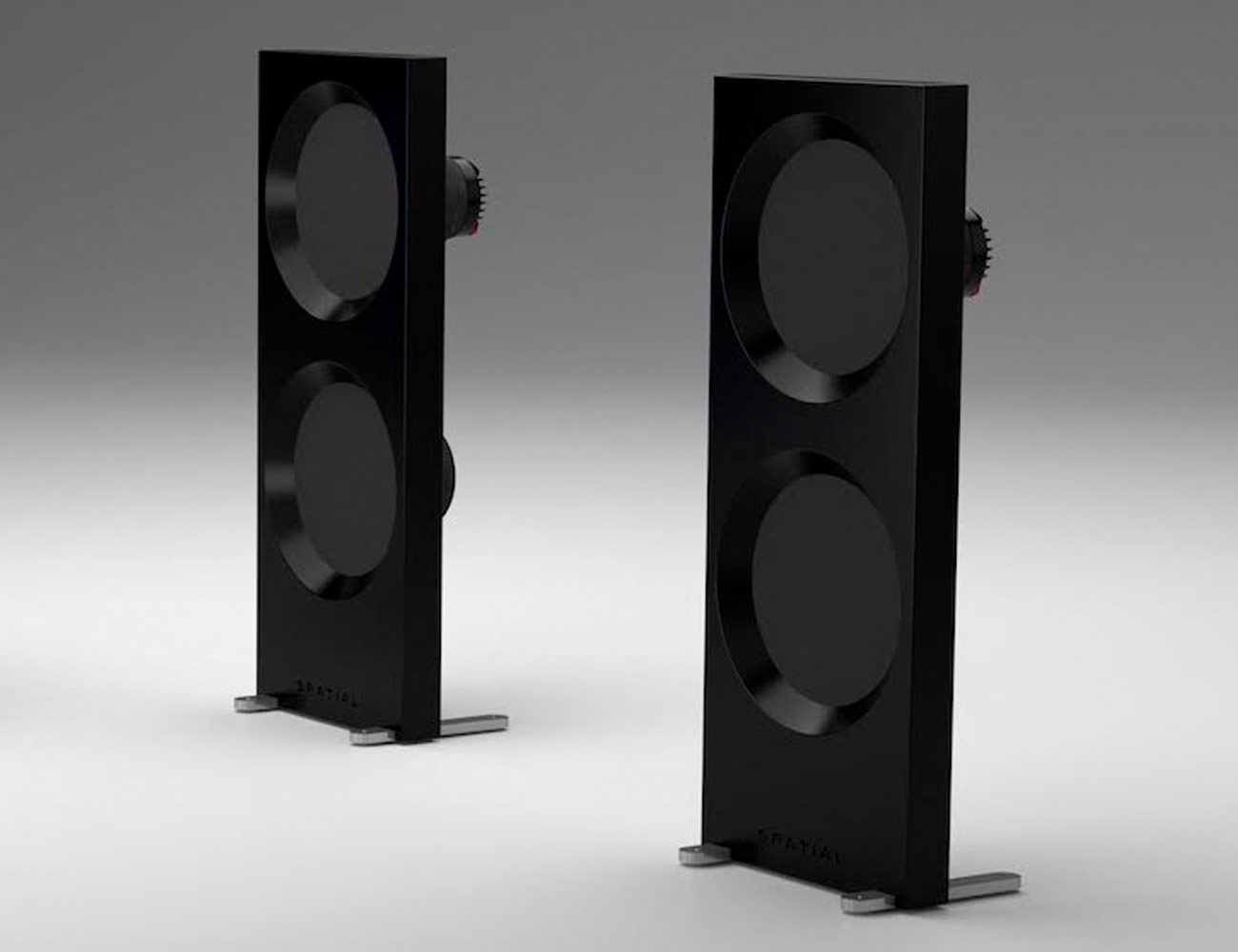The Best American Audio Companies That Are Keeping Passive Speakers Alive
Wireless smart and active loudspeakers have taken a considerable slice of the pie in the past three years; the category generated more than $3.2 billion in revenue in 2018 and has experienced a level of growth not seen since the launch of the iPad and Android-based tablets. But before you stick a fork in passive loudspeakers, it’s worthwhile to point out that the category still generates billions in revenue; passive loudspeakers are also able to deliver superior sound quality at both the entry-level and extreme high-end.
Passive loudspeakers may not represent the future of home audio, but dozens of manufacturers around the globe, and particularly three in the United States, are holding firm: their passive speakers sound better than the vast majority of speakers out there.
Magnepan, Zu Audio, and Spatial Audio are all located in the states and build their products domestically. Each audio company offers something different than the traditional passive loudspeaker you might find in your local Best Buy.
Quality doesn’t come cheap and it should be noted that you can’t drive any of these passive loudspeakers with A/V receivers and expect great sonic results. It’s true that each company has a very different philosophy when it comes to transducer technology but they all share one thing in common; their products offer world-class levels of transparency and resolution that could make you rethink how a loudspeaker is supposed to sound.
Magnepan
Magnepan is an audio company based in White Bear Lake, Minnesota, that has been manufacturing full-range planar loudspeakers for almost forty-eight years. Its planar magnetic loudspeakers — which utilize very low mass, razor-thin film ribbon drivers — have a specific dipole design; there’s no speaker cabinet and the sound radiates from the back and front of the loudspeaker. The effect is that the sound has a level of openness and transparency that you don’t hear from conventional loudspeakers.
Magneplanar speakers utilize a full-range ribbon tweeter and quasi-ribbon driver to reproduce the entire frequency spectrum of sound; the trade-off is that the panel needs to be larger to accurately reproduce mid and low bass information. And you shouldn’t expect subterranean bass from this type of driver. Magneplanar speakers are known for their resolution, speed, clarity, and the illusion of soundstage depth and height. They require space (a minimum of 2-to-3 feet from the wall to allow their sound to really open up) and a very powerful amplifier to work properly; 100-200 watts at a minimum.
Magnepan’s loudspeakers can be surprisingly affordable by high-end standards; the .7 ($1,395) and 1.7i ($1,995+) full-range models are $1,450 and $2,200 respectively, but the new LRS (Little Ribbon Speaker), which retail for $650, offer better sound quality than most loudspeakers below $1,000.
Zu Audio
If Magnepan represents the old guard of American high-end audio, Zu Audio is new money. Based in Utah, the company focuses on full-range single-driver loudspeakers housed in beautifully finished cabinets that don’t require a lot of power. Zu’s product range is comfortable with 5-400 watts of power, but your choice of solid-state, tubes, or class D amplification will have a significant impact on the final sound.
The Omen MK. II loudspeakers ($2,250), for example, are its hook. The 10-inch full-range driver is augmented with a super tweeter and the 36-inch tall cabinets are built to last. Every Zu loudspeaker inspires confidence with its heft and high level of finish quality.
If you’re looking for an audiophile loudspeaker that is overly focused on imaging and soundstage depth, the Omen MK. II is not for you. Zu’s speakers create a wall of sound that flesh out great sounding recordings with midrange punch and a lot of detail; which can also be too much of a good thing with bad ones. A small nitpick is that they are sensitive to placement; a few inches in either direction can have a significant impact on the sound.
Spatial Audio
Spatial Audio is another Utah-based company, but they are better known for their M-series open baffle loudspeakers that have turned a DIY concept into an innovative piece of industrial design; the speakers not only look sleek and expensive, but sound impressive as well.
Open baffle loudspeakers have always had a big following in the DIY audio community; the absence of a cabinet that can negatively interact with the room and drivers, and the ability to experiment with a combination of driver technology are just two of the advantages. The disadvantages include not sounding great in smaller rooms, the need for a relatively large baffle, and not being very forgiving of bad recordings. The reality is that very few have succeeded in bringing this type of loudspeaker to market in a way that most people would consider them for a living room or den.
Spatial Audio builds and assembles its products in-house; its custom full-range drivers are mounted in a 2.5-inch thick multi-layered HDF slab that screams Ikea chic. The M4 Turbo S feature two 12-inch full-range drivers per speaker and are a very amp friendly load. What sets the Spatial Audio products apart from the other designs that have failed over the years are the room-friendly baffles; the M4 Turbo S work well in smaller spaces and the controlled directivity of the drivers minimizes their interaction with the room.
The M4 Turbo S delivers layers of resolution and impressive low-end performance. Their high sensitivity allows them to work with low-powered tube amplifiers, and even moderately powered integrated amplifiers. Their neutral sounding tonal balance makes them a good loudspeaker to experiment with if you want to compare the differences between solid state and tube amplification and they are very spacious sounding.
Give them enough space and drive them with quality amplification and you may not understand how a pair of floor-standing loudspeakers can disappear in a room like a pair of the world’s best bookshelf loudspeakers.




